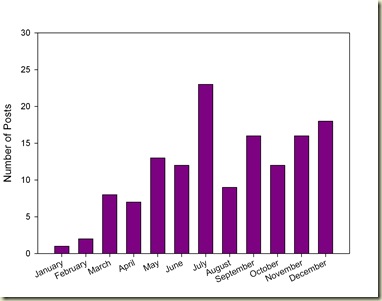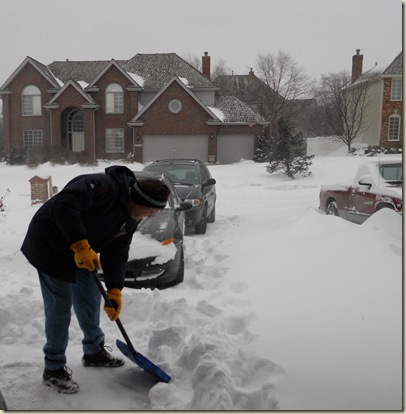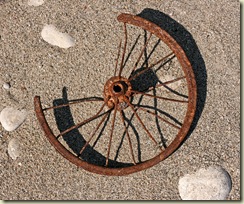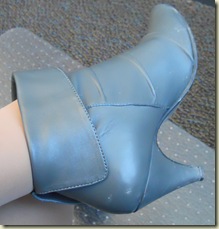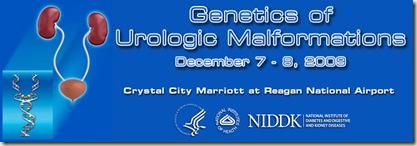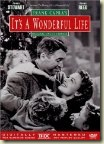 Let me make things clear; this post will not discuss the cold and snow that attacked Omaha last week. My title does not refer to the climate, nor will I address the Copenhagen conference.
Let me make things clear; this post will not discuss the cold and snow that attacked Omaha last week. My title does not refer to the climate, nor will I address the Copenhagen conference.
This week, while covering the patient care service, I am carting around scads of reprints and the pertinent instructions for the new, improved NIH grant format. I believe I have a project ready (only time will tell if the study section agrees), and my submission date is January 25.
Without a grant, I am a threatened species. Just like the polar bear.
For several years prophets have proclaimed the dangerous plight of the physician-scientist, academics comfortable moving from bench to bedside and back again. We have trouble competing in the current funding wasteland. We can never crank out as many papers as our “pure scientist” brethren (unless we can afford “pure scientists” to run our labs while we see our patients). Clinical and translational work often suffers in study sections that are increasingly dominated by “pure scientists” who may not grasp the difficulties of patient recruitment. Yet all of this occurs at a time when the NIH recognizes the need for improved translational research support.
My “elders” supported me well through my career. Early on they blessed me with protected time which led to a career development award. Ultimately I obtained an R01. A second project received good initial reviews from NIH. I felt unstoppable.
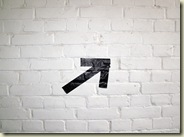 Then I hit the wall. The hypothesis of my funded R01 could not be accepted. That is why we do the experiments, of course. That project veered in a new appropriate direction. Unfortunately, novel techniques were required for the next step. Sometimes the reason something hasn’t been reported is because it can’t be done, at least in the current environment. We continue trying to make this effort fly (the science could be really cool), and today we have had our first taste of success with one essential assay. After almost 2 years of development effort.
Then I hit the wall. The hypothesis of my funded R01 could not be accepted. That is why we do the experiments, of course. That project veered in a new appropriate direction. Unfortunately, novel techniques were required for the next step. Sometimes the reason something hasn’t been reported is because it can’t be done, at least in the current environment. We continue trying to make this effort fly (the science could be really cool), and today we have had our first taste of success with one essential assay. After almost 2 years of development effort.
The other project never improved sufficiently, in the eyes of the reviewers, to receive a fundable score.
So now, after a decade of continuous extramural funding at a significant level, I find myself “between grants” for an uncomfortable interval. An interval of departmental support that will have to end soon, one way or another.
I am not alone. Several colleagues have closed labs recently, deciding that the pressure to seek funding and the pain of the process surpassed the joys of the science. Ongoing pressure to generate clinical income also factors into the equation, along with the more immediate rewards one receives from patient care. Even patients who receive bad news can be grateful; reviewers’ enthusiasm is always dampened by something in the proposal.
The ongoing climate change dialogue includes the plight of the polar bear, a charismatic creature threatened by the activities of people living continents away. People want to save the wild polar bear, but do they desire it enough to make the hard choices? Our leaders preach the value of the physician-scientist, but will there be enough support to keep our labs open?
Only time will tell for both myself and the polar bear. Wish us luck. Now I have reprints to read.
Photos courtesy of PhotoXpress.
